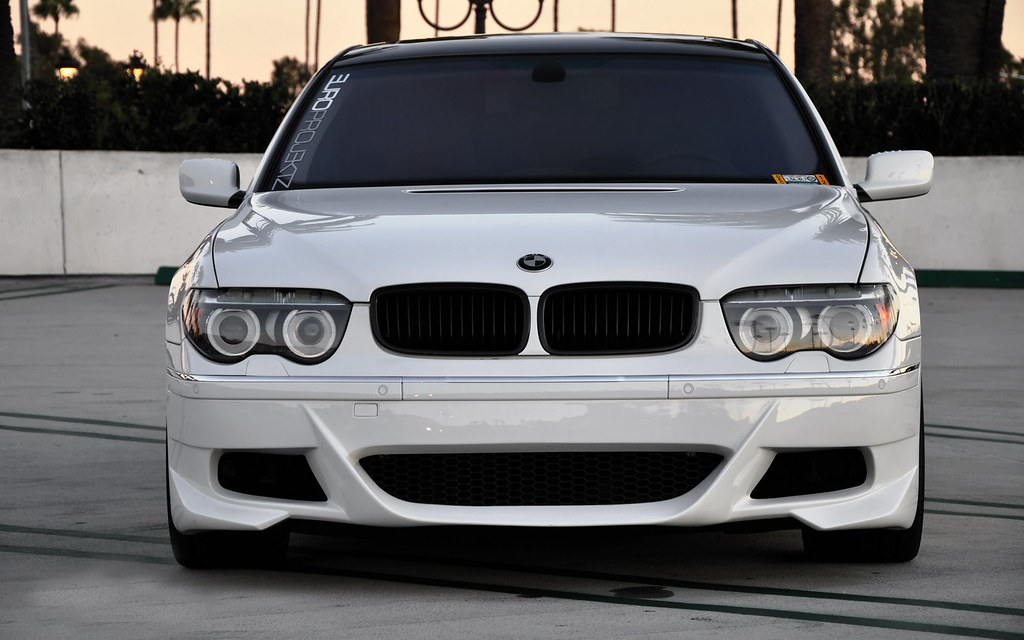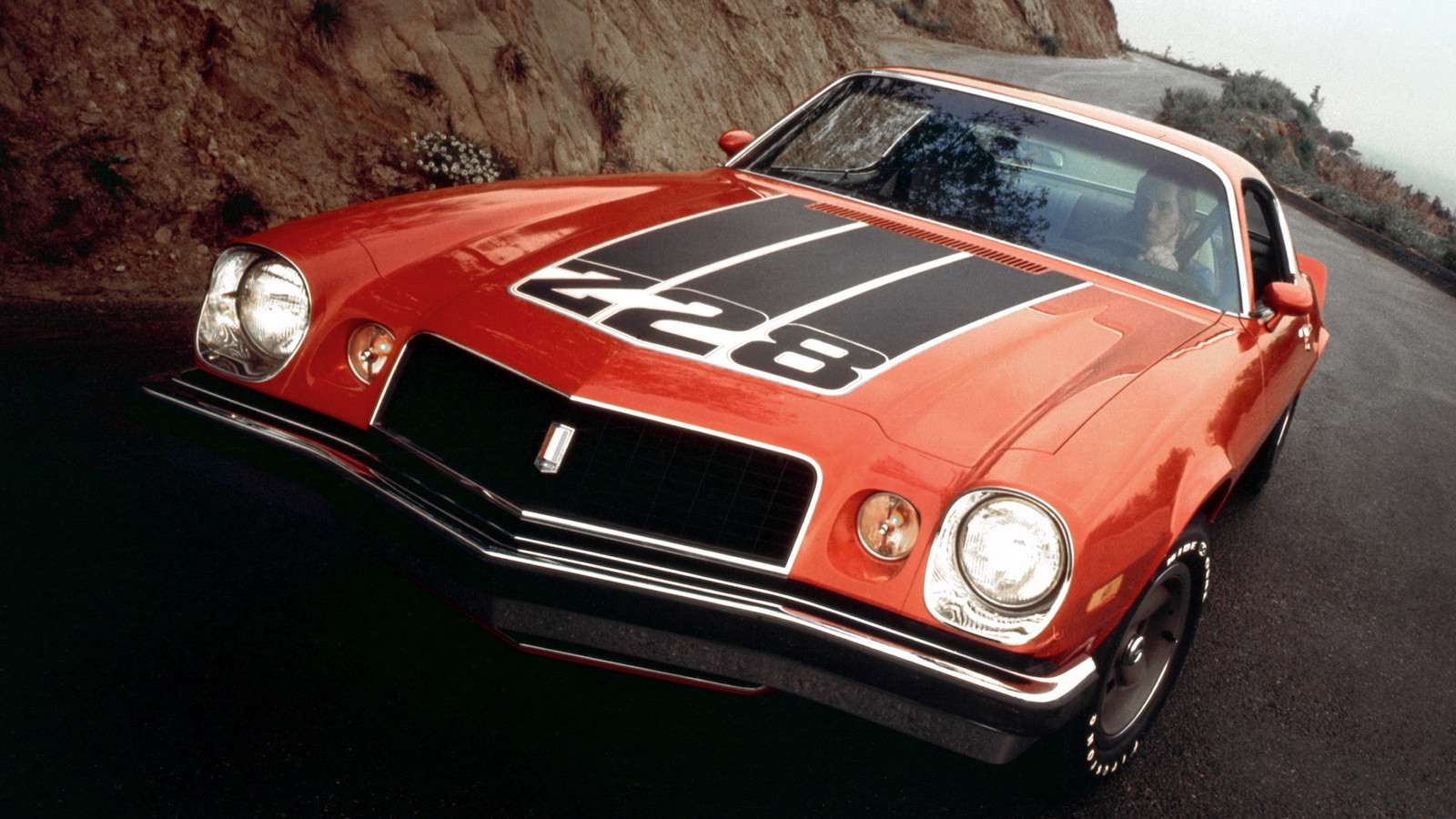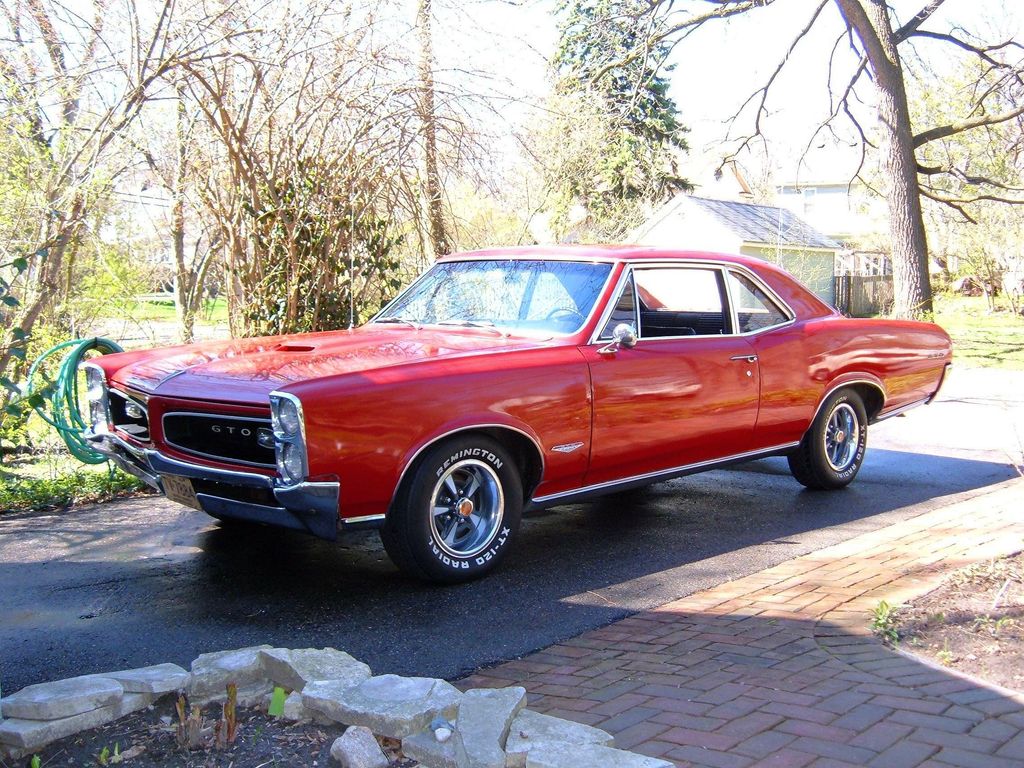Many drivers cherish the relief a shady parking spot provides, especially on a sweltering day. The allure of escaping the sun’s harsh rays often leads us to seek refuge under the sprawling canopy of a tree. This seemingly innocuous choice, however, harbors a multitude of hidden dangers that can significantly impact both your vehicle’s longevity and the health of the trees themselves. What appears to be a simple act of convenience can, in reality, lead to unforeseen complications and costly repairs.
The assumption that any shade is good shade overlooks a range of specific threats. From corrosive natural residues that mar your vehicle’s finish to structural damage caused by falling debris, the risks are substantial and varied. Furthermore, your parking decisions extend beyond immediate vehicle damage, affecting the very ecosystems you seek shelter within. Understanding these hidden perils is the first step toward safeguarding your investment and contributing to environmental preservation.
This in-depth guide, drawing upon extensive research and expert insights, will systematically unpack the often-underestimated consequences of common parking habits. We aim to equip you with the knowledge needed to make informed decisions about where and how you park, ensuring the long-term well-being of your car and the surrounding natural world. By shedding light on these critical issues, we empower you to avoid common pitfalls that can slowly eat away at your car’s value, performance, and safety.
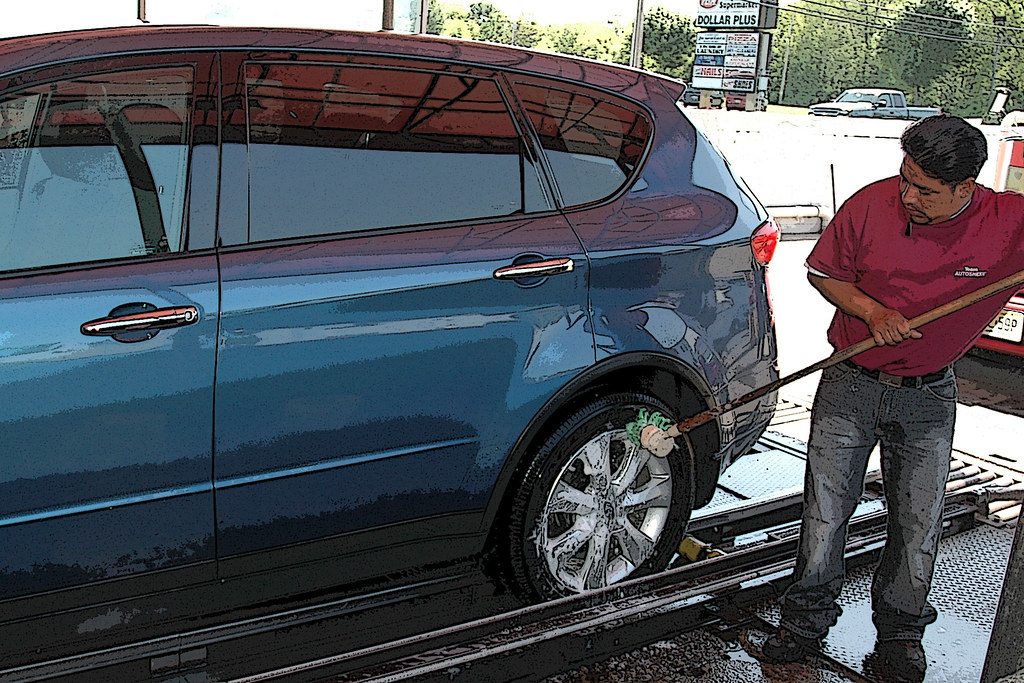
1. **Soil Compaction and Its Devastating Impact on Tree Health**The act of parking a vehicle, particularly on an ongoing basis, under a tree extends its impact far beyond merely occupying a space; it can profoundly jeopardize the tree’s health through a phenomenon known as soil compaction. This critical issue arises when the significant weight from cars, trucks, or heavy equipment presses down on the soil, dramatically increasing its density. The seemingly solid ground beneath a tree is, in fact, a delicate network crucial for its survival, and its alteration has far-reaching consequences for the tree itself.
Soil compaction directly harms the tree’s vital feeder roots, which are typically found in the upper 18-24 inches of soil and extend two or more times farther than the tree’s height. These roots, often working in a symbiotic relationship with mycorrhizae fungi, are indispensable for the absorption of water and essential nutrients. When the soil becomes compacted, this delicate system is disrupted, significantly diminishing the soil’s capacity to retain moisture and nutrients, thus effectively starving the tree of the elements it requires to thrive.
Moreover, compacted soil severely restricts the availability of oxygen, which is absolutely crucial for both root and mycorrhizal development. This lack of oxygen, combined with nutrient and water deprivation, can manifest in visible signs of distress for the tree, such as crown dieback—where branches and leaves at the top of the canopy begin to wither and die—or, in severe cases, the death of the entire tree. The damage is often irreversible by the time these symptoms become noticeable, highlighting the silent and insidious nature of soil compaction.
Beyond its direct impact on health, compacted soil also compromises a tree’s physical stability. A weakened root system struggles to anchor the tree firmly in the ground, substantially increasing the risk of the tree falling during storms or periods of high wind. This poses a direct threat not only to vehicles parked nearby but also to surrounding property and, critically, to human safety. Preventing soil compaction by avoiding parking in root zones is paramount to safeguarding these vital natural resources.
Repairing the damage inflicted by soil compaction is a challenging endeavor, best undertaken early in the process. Remedial actions, such as aeration of the soil, aim to loosen the dense ground, thereby facilitating improved water and nutrient absorption. However, even with such interventions, complete reversal of severe damage is often not possible. This underscores the critical importance of proactive prevention and, when necessary, consulting professional tree care services for specialized knowledge and equipment to assess and treat affected trees, including services like aeration and appropriate fertilization.

2. **Falling Limbs, Branches, and Heavy Fronds: A Threat to Vehicle Integrity**One of the most immediate and visually striking dangers of parking under trees is the risk posed by falling limbs, branches, or heavy fronds. While it might seem like an unlikely event in calm weather, the cumulative effect of gravity, tree age, and external conditions can turn an innocent parking spot into a potential hazard zone. The damage from such an incident can range from minor dents and scratches to catastrophic structural failure, sometimes even resulting in a vehicle being completely totaled.
Even in apparently good weather, loose or dead limbs can detach without warning. However, the risk escalates dramatically during adverse weather conditions. Storms of any strength—be it heavy rain, strong winds, or the accumulation of snow and ice—can significantly weaken tree structures, causing branches to snap and plummet onto anything beneath them. Parking your vehicle clear of trees, especially when severe weather is anticipated, is a crucial preventative measure to avoid what can swiftly become an insurance nightmare and a significant financial burden.
Specific types of trees are particularly notorious for dropping heavy debris. Palm trees, common in many Sun Belt regions like Arizona, California, Florida, Georgia, and Louisiana, are known for shedding substantial fronds that can easily damage a vehicle’s bodywork or glass. Similarly, older or rotten trees present an even greater risk, as their structural integrity is compromised, meaning twigs and branches can fall at virtually any moment, leading to severe and sudden damage to your car.
The impact of a falling limb is not just an aesthetic concern; it can directly compromise the safety features of your vehicle. A cracked windshield, a crumpled roof, or a broken side mirror can impair visibility and the car’s ability to protect its occupants in the event of a subsequent accident. Such damage often necessitates extensive repairs, not only to the exterior but potentially to internal electrical systems if water ingress occurs through compromised seals or broken glass.
Therefore, while the temporary benefit of shade might seem appealing, the potential for serious vehicle damage from falling tree components far outweighs this convenience, particularly if the vehicle is left parked for an extended duration. Regular inspection of nearby trees for dead or weak branches, coupled with a conscious effort to select safer parking locations, can help safeguard your investment and provide peace of mind.
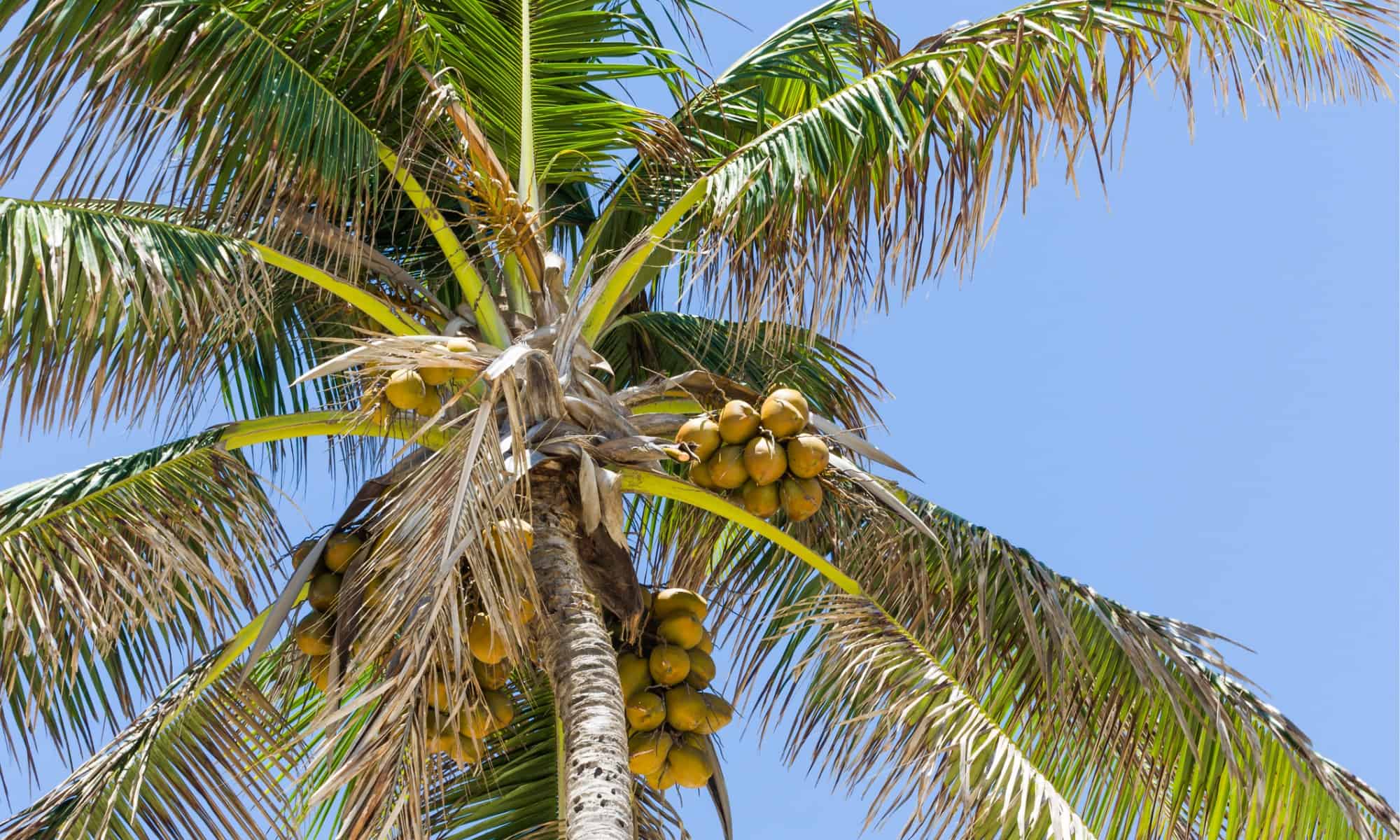
3. **Tree Sap: The Sticky Menace to Your Car’s Finish**Parking under certain trees during specific times of the year can expose your vehicle to a persistent and particularly insidious threat: tree sap. This sticky, often clear or amber-colored residue, secreted by trees as a protective mechanism, can descend upon your car’s pristine paintwork and adhere with remarkable tenacity. Far from being a mere nuisance, tree sap possesses properties that can lead to significant and potentially permanent damage to your vehicle’s clear coat and underlying paint finish.
The chemical composition of tree sap allows it to bond aggressively with automotive paint, especially as it dries and hardens. If left on the car’s surface, particularly when exposed to sunlight for extended periods, the sap can literally bake onto the clear coat, forming a strong chemical bond that makes removal exceedingly difficult. This process can etch into the paint, leaving behind unsightly stains, dull spots, or a permanent hazy residue that diminishes the vehicle’s aesthetic appeal and resale value.
Different tree species are known for varying levels and types of sap production. Pine trees, for instance, are particularly infamous for their excessive sap output, which can quickly cover a parked vehicle in a sticky mess. Other offenders include maple, walnut, and birch trees, all of which produce gooey refuse that is tough to wash off. Cypress trees are also highlighted as sources of sap that can specifically damage a vehicle’s clear coat, making the car look unpleasant and sticky.
The damage caused by tree sap is not merely superficial; it compromises the protective clear coat layer designed to shield your car’s paint from UV rays and environmental contaminants. Once this layer is compromised, the underlying paint becomes vulnerable to fading, oxidation, and further degradation. This type of damage often necessitates professional detailing or even repainting of affected panels, representing a considerable and avoidable expense for car owners.
To mitigate the risks, it is advisable to avoid parking directly under trees known for heavy sap production. If unavoidable, regular and prompt cleaning is essential. Soaking the affected area with soapy water soon after the sap lands can prevent it from hardening and bonding permanently. Additionally, applying a high-quality car wax, sealant, or ceramic coating can provide an extra layer of defense, making it easier to remove sap before it causes lasting harm, although continuous vigilance remains the best strategy.

4. **Bird Droppings: An Acidic Assault on Your Vehicle’s Paint**The shade of a tree, while appealing to vehicle owners, is equally attractive to birds, creating an unfortunate confluence where vehicles often become targets for bird droppings. These seemingly innocuous splatters are, in fact, an acidic and corrosive substance that can inflict significant damage upon your car’s paint and clear coat if not addressed promptly. The seemingly small nature of these deposits belies their capacity for destruction, often leading to deep etching and permanent blemishes.
The danger of bird droppings lies primarily in their acidic content. As the droppings dry and are exposed to sunlight, the acid begins to react with the chemical compounds in your car’s clear coat, which is the protective, transparent layer over the colored paint. This reaction can cause the clear coat to soften, swell, and eventually etch, leaving an impression of the droppings that is visibly noticeable and often permanent. The longer the droppings remain on the surface, the more profound and irreversible the damage becomes.
The issue is exacerbated by external factors, particularly heat. On a hot day, the sun’s warmth accelerates the chemical reaction between the acidic droppings and the paint. This intensified process can deepen the etching, making it incredibly challenging, if not impossible, to fully restore the affected area without professional intervention. In severe cases, where the acid has penetrated deep into the clear coat and paint layer, a full paint replacement for the affected panel may be required to eliminate the damage entirely.
Preventing permanent damage from bird droppings hinges on rapid response. The key is to remove the droppings as soon as they are discovered, before they have a chance to dry completely or bake onto the surface. Soaking the droppings with soapy water, allowing the moisture to soften the acidic content, usually allows for safe removal with a microfiber cloth without scratching the paint. Avoiding harsh scrubbing or dry wiping is crucial, as this can inadvertently spread the acidic material or scratch the paint.
Regular application of paint protectants, such as waxes, sealants, or ceramic coatings, can offer a degree of sacrificial protection, creating a barrier between the bird droppings and your vehicle’s clear coat. While these coatings do not prevent droppings from landing, they can make removal easier and reduce the likelihood of etching. However, even with these protective measures, prompt removal remains the single most effective strategy to safeguard your car’s finish from this common and damaging environmental contaminant.
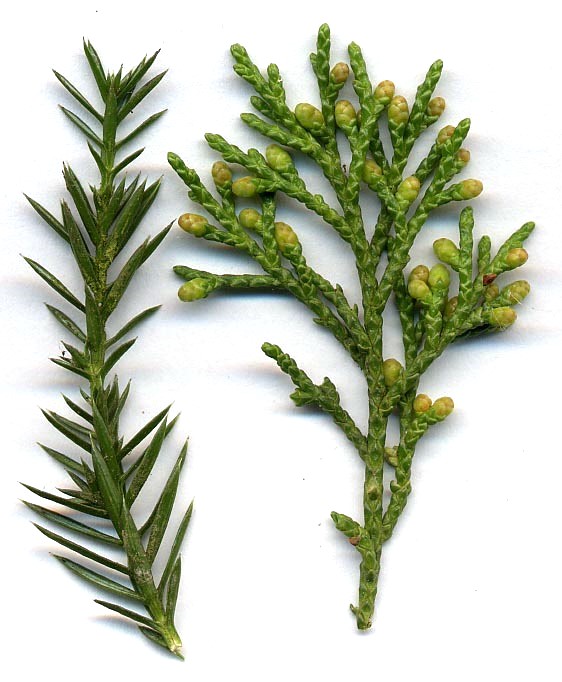
5. **Leaves, Needles, and Tree Debris: Clogging and Corrosion Hazards**Beyond the more visible threats like falling branches or sticky sap, the seemingly benign accumulation of leaves, pine needles, seeds, cones, and bark from trees poses a variety of insidious dangers to your vehicle. These organic materials, especially when moist, can lead to both cosmetic damage and functional issues, impacting everything from your car’s paintwork to its critical drainage and ventilation systems. Ignoring these accumulations can result in rust, water leakage, and even electrical damage over time.
One immediate concern is the effect of leaves on your car’s paint, particularly after rain. Wet leaves can stick to the car’s paint and, if left for extended periods, can secrete liquids that damage the paint surface. This is similar to the effect of tree sap, where the organic compounds can etch into the clear coat, leaving stains or dull spots. The sheer volume of needles from certain trees, such as pines, can also become problematic, easily clogging various automotive systems designed for drainage and airflow.
The most significant threat from accumulated tree debris often lies in its ability to obstruct the hidden drain holes built into your car’s surface. These drains, found in areas like windshield wiper cowls, rear rain gutters, and sunroof gutters, are designed to channel water away from the vehicle’s interior and sensitive components. When clogged with wet leaves, pine needles, twigs, and other tree material, water can back up, leading to several serious problems including body rust where the water pools.
Over time, this stagnant water can find its way into the car’s interior, leading to moldy carpets and upholstery, which are difficult and costly to remedy. Even more critically, water leakage can cause electrical damage, short-circuiting sensitive components and leading to expensive repairs or system failures. The issue is compounded if a car is left uncovered in a backyard over multiple seasons, allowing a continuous buildup of wet, decomposing organic matter in these vulnerable crevices.
Furthermore, a significant accumulation of leaves can hinder the airflow of your engine or HVAC system, reducing their effectiveness. Blocked air intakes can lead to engine overheating or a struggling air conditioning unit, increasing fuel consumption and wear on components. Therefore, regular inspection and meticulous cleaning of your car, particularly its drainage channels and air intakes, are crucial steps to prevent these often-overlooked yet damaging effects of parking under trees.

6. **Falling Fruit and Other Tree Products: Unexpected Impacts**While large branches pose an obvious threat, many trees also bear fruit or other heavy products that, upon falling, can inflict surprising damage on vehicles. This specific category of falling debris, often overlooked, encompasses items ranging from small, hard acorns to substantial coconuts, each capable of leaving its mark on your car’s exterior. The risk is particularly pronounced during certain seasons when these products ripen and detach from their parent trees.
Oak trees, for example, are notorious for dropping acorns. While a single acorn might seem inconsequential, an onslaught during a windy day or a heavy rain shower can create numerous small dents on a car’s hood, roof, or trunk. Over time, these minor impacts can accumulate, significantly diminishing the vehicle’s appearance and potentially compromising the integrity of its paint and clear coat. Fruit-bearing trees such as cherry, apple, and pear trees similarly pose a risk, as their ripe produce can fall and splat onto a car, potentially causing dents and leaving corrosive residues if the fruit breaks open.
Perhaps the most dramatic example of this danger comes from certain palm trees. Those growing in tropical and subtropical regions are known for dropping heavy fronds, as previously mentioned, but some also bear large, hard fruits like coconuts. A coconut falling from a significant height can strike a vehicle with immense force, leading to severe body damage, cracked windshields, or even structural compromise that could total a car. These specific risks highlight the importance of identifying the type of tree you are parking under.
The issue is not limited to impact damage; the nature of certain tree products can also lead to corrosive problems. If fruit falls and is left to rot on a vehicle’s surface, the acids and sugars released during decomposition can etch into the paint, similar to the damage caused by bird droppings or tree sap. This necessitates prompt removal and thorough cleaning to prevent permanent staining or clear coat degradation, adding another layer of maintenance complexity.
Therefore, when choosing a parking spot, it is wise to observe not only the general health and stability of a tree but also its specific characteristics, including whether it produces heavy fruit or other dense natural products. Avoiding direct parking under such trees, particularly during their shedding seasons, is a practical step to protect your vehicle from these unexpected but potentially damaging impacts.

7. **Pollen: A Seasonal Scourge for Visibility, Health, and Paint**As spring unfolds and trees awaken from their winter dormancy, they release vast quantities of pollen into the air, creating a ubiquitous yellow film that settles on everything, including parked vehicles. While often perceived merely as an aesthetic annoyance, pollen presents a multi-faceted hazard, impacting visibility, aggravating seasonal allergies, and, perhaps surprisingly, capable of causing damage to your car’s paintwork and internal systems. This fine, powdery substance becomes a pervasive issue for drivers during its peak season.
From a visibility standpoint, a thick layer of pollen on your windshield and windows can significantly reduce clarity, making driving hazardous. Wiping it away dry can smear the pollen, further obscuring vision, and may even cause fine scratches on the glass or paint due to the abrasive nature of some pollen grains. This necessitates more frequent car cleanings, which, while beneficial for appearance, represent an ongoing time and resource commitment during pollen season.
Beyond visibility, pollen is a primary trigger for seasonal allergies. For many individuals, simply being in proximity to a pollen-laden vehicle can lead to symptoms such as sneezing, itchy eyes, and respiratory discomfort. Furthermore, if pollen enters the car’s ventilation system, it can exacerbate these issues for occupants, making car travel uncomfortable. The cabin air filter, designed to trap airborne particles, can become quickly clogged with excessive pollen, reducing its effectiveness and requiring more frequent replacement.
Perhaps less commonly known is pollen’s potential to damage your car’s paint. While not as immediately corrosive as bird droppings or tree sap, pollen, especially when combined with moisture, can become acidic. If left to sit on the paint for extended periods, particularly when exposed to sunlight and rain, it can eat away at the clear coat. This gradual erosion can lead to dullness, staining, or a fine film that is difficult to remove without proper cleaning techniques, ultimately impacting the paint’s longevity and luster.
Protecting your car from pollen requires proactive measures. Regularly washing your vehicle, especially during peak pollen season, is crucial. Utilizing a high-quality car wash soap and a gentle microfiber mitt can help remove the pollen without scratching the surface. Additionally, ensuring your cabin air filter is clean or replaced as needed will help maintain interior air quality and protect the HVAC system. Parking in a garage or using a car cover can also provide a physical barrier against the pervasive yellow dust, preserving both your car’s exterior and your respiratory comfort.

8. **Dangers from Insects**Parking beneath trees, while offering appreciated shade, can unwittingly expose your vehicle to various insects. Trees are natural habitats for countless critters, providing them easy access to your car. This seemingly minor interaction can lead to both cosmetic damage and, in some cases, more significant functional issues, representing an often-overlooked hazard of tree-shaded parking.
Many insects, such as aphids and scale insects, produce “honeydew,” a sticky substance that can fall onto your car’s exterior. Like tree sap, honeydew is difficult to remove and bonds aggressively with paint and clear coat. If left on the surface, it can cause etching, dull spots, and an unpleasant sticky residue. Tree types like oak and linden are particularly known for high insect activity and honeydew production, increasing the likelihood of such deposits.
Beyond external residues, insects can also find their way into your car’s interior or critical systems. Small bugs might enter through slightly open windows or ventilation vents, potentially impacting air quality or aggravating allergies. More concerning, pests from soil or dense foliage, such as termites, can damage rubber seals, wiring, or other vulnerable underbody components, leading to unexpected and costly repairs. To mitigate risks, avoid parking under trees known for insect activity. Prompt cleaning and keeping windows closed are crucial, as are regular washes and protective wax coatings.
Read more about: Beyond the Bite: Unmasking North America’s 12 Deadliest Animals and Essential Survival Strategies for Your Next Wilderness Adventure
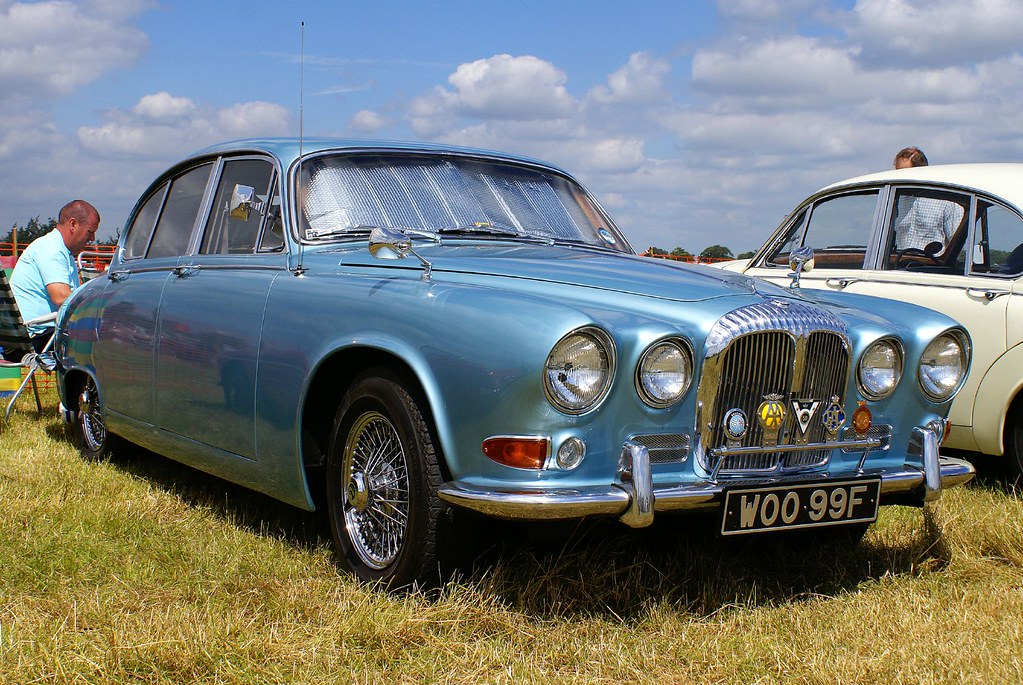
9. **Risks of Incorrect Parking on Inclines**Parking on a hill or sloped driveway, if not executed correctly, poses substantial risks to your vehicle’s mechanical integrity and safety. Many drivers mistakenly rely solely on the transmission to hold the vehicle, placing excessive and undue stress on a crucial internal component: the parking pawl. This habit can slowly but surely lead to significant and expensive transmission damage over time.
The parking pawl is a small, metal locking mechanism within the transmission, designed for light holding, not for bearing a car’s full weight on an incline. When the parking brake is not engaged, the entire gravitational force pulls directly against this pawl. Persistent stress can cause the pawl to wear out, bend, or snap, leading to transmission failure and the dangerous possibility of your vehicle rolling uncontrolled.
To prevent this serious issue, always engage the parking brake before shifting into “Park,” even with automatic transmissions. This crucial step transfers the load from the delicate parking pawl to the vehicle’s robust braking system. Making this a consistent habit adds an essential layer of security, protecting against costly repairs and the inherent dangers of a runaway vehicle. For additional safety on steep slopes, turn your wheels towards the curb when facing downhill, or away from the curb when facing uphill, providing a vital backup if the brake fails.
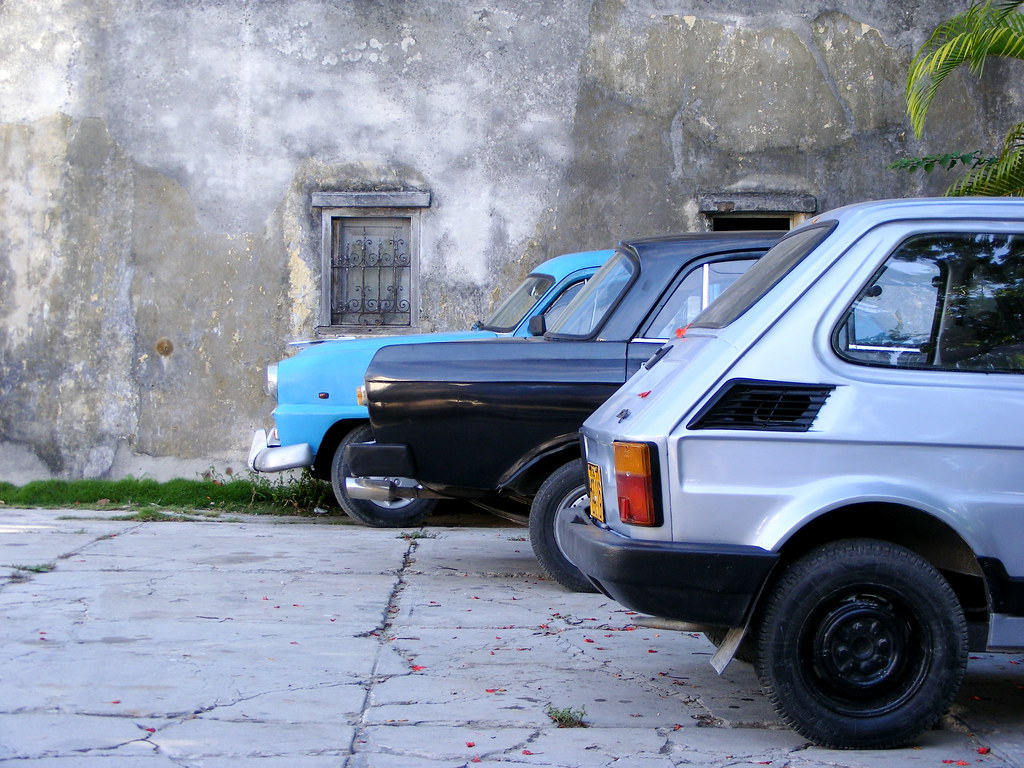
10. **Damage from Curb Proximity**Maneuvering your vehicle too close to a curb during parking can result in more than just unsightly “curb rash.” This seemingly minor contact can inflict significant, often underestimated damage to vital components such as your tires, wheels, and even the suspension system. This common parking mistake can subtly compromise your vehicle’s longevity and safety over an extended period.
Repeatedly bumping or scraping against curbs can cause substantial trauma to your wheels, leading to bent rims, chips, or deep gouges that compromise structural integrity. More critically, tire sidewalls can become weakened or cut, potentially causing slow air leaks, uneven wear, or, in severe cases, sudden tire blowouts—a significant safety hazard while driving. The impact force can also transmit to the suspension, causing misalignments or damage to components, affecting handling and ride comfort.
To effectively prevent this common pitfall, consistently maintain a buffer zone of several inches between your tire and the curb. Utilizing side mirrors or parking assistance systems helps accurately judge this distance. Practicing mindful, cautious parking approaches is essential to safeguard your wheels and tires, ultimately saving you from significant repair bills and preserving your car’s aesthetic and functional integrity.
Read more about: Unpunished Genius: The 12 Athletes Who Broke the Rules, Got Away With It, and Forever Changed Their Sports

11. **Security Issues with Open Windows**Leaving your car windows cracked open, even slightly, for ventilation might appear harmless on a warm day. However, this seemingly small oversight can invite a host of significant problems, transforming a temporary comfort into a source of potential damage, discomfort, and serious security risks. It’s a parking habit carrying more hidden perils than often realized.
Beyond making theft easier, open windows expose your vehicle’s interior to damaging environmental elements. An unexpected downpour can lead to water ingress, causing moldy carpets, stained upholstery, and potentially compromised electrical systems. Similarly, dust, excessive pollen, and other airborne contaminants can settle inside, degrading air quality and increasing wear on interior surfaces.
Furthermore, a window left ajar, even a sliver, makes your vehicle significantly easier to break into. Opportunistic thieves require minimal effort to pry open a slightly lowered window, gaining access to valuables or the entire vehicle. Even if no immediate theft occurs, a vandalized car often incurs damage like broken windows or slashed seats, leading to repairs that far exceed the perceived benefit of a little airflow. Securing your vehicle means ensuring all access points are sealed. Always roll up windows completely before leaving your car, regardless of the duration or perceived safety of the location.
Read more about: NHTSA Intensifies Scrutiny of Tesla: Unpacking Safety Concerns from Faulty Door Handles to Advanced Driver-Assistance Systems
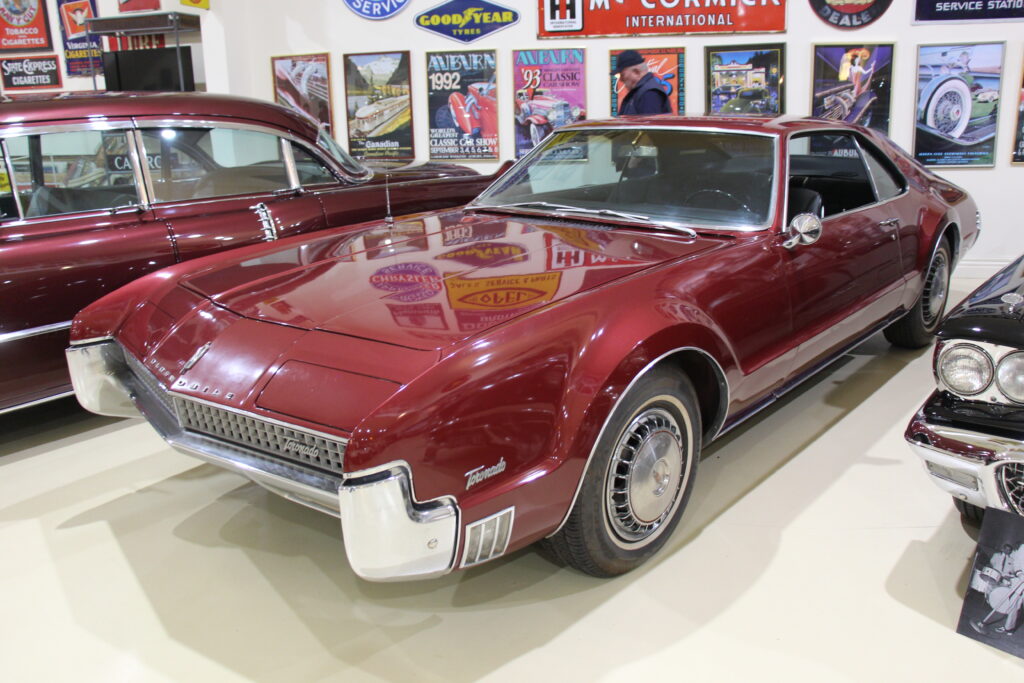
12. **Long-term Effects of Direct Sunlight**While parking under a tree has its drawbacks, prolonged exposure to direct sunlight introduces its own insidious array of long-term hazards for your vehicle. The sun’s powerful ultraviolet (UV) rays relentlessly degrade various components of your car, from its vibrant exterior paint to the delicate materials of its interior, accelerating aging and diminishing appeal.
One of the most noticeable impacts is on your car’s exterior paint. Continuous UV exposure causes the clear coat—the protective, transparent layer—to fade, oxidize, and eventually peel. This compromises the underlying paint’s integrity, making it susceptible to further environmental damage and requiring expensive professional restoration. Inside the cabin, heat and UV radiation are equally destructive, causing dashboards, seats, and steering wheels to crack, warp, and discolor. Plastics can become brittle, and fabrics fade.
Even tires suffer from prolonged direct sunlight, which can shorten their lifespan by causing the rubber to dry out, crack, and become brittle—a process known as ‘dry rot.’ This compromises tire integrity, making them prone to punctures or blowouts. To counter these effects, invest in a high-quality sunshade or a full car cover. Applying ceramic coatings or waxes also provides a crucial barrier against UV damage to the paint, maintaining its luster and protection.
Read more about: Beyond the Hype: The Real Reasons Your New iPhone Isn’t Perfect (and How to Master the Fixes)

13. **Subtle Wear-and-Tear from Repetitive Parking Patterns**It might seem innocuous, but habitually parking your car in the exact same spot, especially on a sloped or uneven surface, can introduce subtle yet significant wear and tear over time. While less dramatic than sudden damage, these repetitive stresses can lead to uneven component wear, impacting your car’s performance, safety, and necessitating future maintenance that could otherwise be avoided.
A primary concern with consistent parking in the same orientation is the uneven stress placed on your tires. If parked on an uneven surface, certain tires will bear more weight or conform to slight ground depressions. Over extended periods, this can cause “flat spots” on the tires, where the rubber permanently deforms. Although often reversible after driving, persistent flat spots contribute to premature and uneven tire wear, requiring earlier replacement.
Beyond tires, the vehicle’s suspension system also suffers from this repetitive strain. Constantly parking with one side of the car higher or lower, or with wheels on uneven terrain, subjects specific suspension components—like springs, shock absorbers, or bushings—to asymmetric loading. This accelerates wear, leading to an imbalance in the system that affects handling, ride comfort, and potentially leading to more expensive repairs. The solution is simple: introduce variety into your parking habits. Occasionally rotating your parking position helps distribute the load and wear more evenly across components.

14. **Dangers of Parking on Improper Surfaces**The surface on which you park your vehicle is far more critical than many drivers realize, impacting your car’s structural integrity, cleanliness, and even safety. Parking on improper surfaces like grass, soil, or loose gravel can invite a myriad of problems, from accelerating rust and corrosion to compromising underbody components and creating hazardous conditions, making the choice of parking spot a strategic decision for long-term vehicle health.
A significant risk with unpaved surfaces like wet soil or grass is the insidious threat of rust and corrosion. These environments trap moisture against the vehicle’s underbody, creating ideal conditions for oxidation. Over time, this constant exposure can lead to significant rust on the chassis, exhaust system, and other metal components, compromising their structural integrity and leading to expensive repairs. Loose surfaces can also cause the car to settle, stressing the chassis and suspension.
Furthermore, these natural environments are often home to insects and pests. Parking on grass or soil increases the risk of critters like termites gaining access to your car’s underbody, where they can damage rubber parts, wiring, or nest within crevices. Beyond this, improper surfaces can pose immediate operational hazards. Parking too close to a snowbank, a pile of leaves, or tall grass, for instance, can block the exhaust pipe. If the engine is running, this blockage can lead to dangerous carbon monoxide buildup and damage the exhaust system. Proactive measures, like regular underbody washes and anti-rust treatments, are essential if parking on such surfaces is unavoidable.
Read more about: Unbelievable ’70s Norms: 13 Shocking Things That Would Never Fly in Today’s World
Our journey through the often-unseen perils of parking has revealed that the simple act of choosing where to leave your vehicle is fraught with potential consequences, far beyond merely finding a spot. From the insidious creep of soil compaction under a tree to the subtle stresses of repetitive parking, each decision holds implications for your car’s longevity, performance, and safety. Armed with this comprehensive understanding, you are now empowered to transform your parking habits from a mere afterthought into a conscious, protective strategy. Remember, smart parking is not just about convenience; it’s about safeguarding your investment, ensuring your vehicle remains a reliable and pristine companion for countless miles to come. Embrace these insights, and park not just smart, but truly aware.

